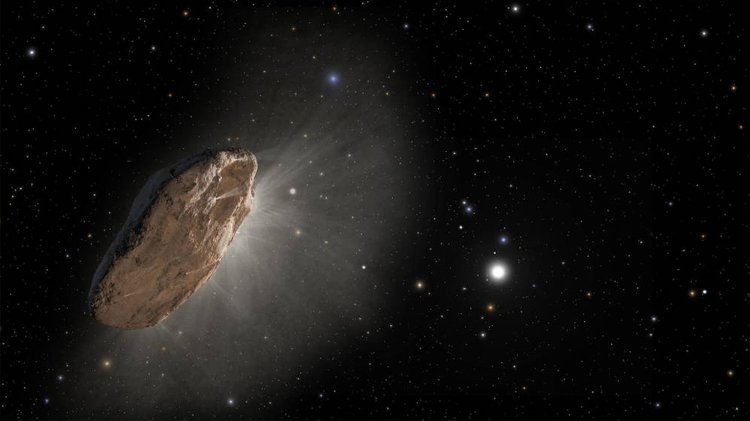Oumuamua, the first interstellar object discovered in the Solar System, has been a focus of discussion and interest since its first sighting in October 2017. Now, the latest results indicate that Oumuamua has slightly increased its speed according to observations and data obtained by NASA and the European Space Agency through the Hubble Space Telescope. The operation has been carried out with the support of an international team of astronomers and numerous ground telescopes such as the Canada-France Hawaii Telescope, ESO's Very Large Telescope and Gemini South Telescope.
The team, led by Marco Micheli of the European Space Agency, claims that the visiting object continues to lose speed due to the gravitational pull the Sun exerts on it, but even with this it shows a higher speed than expected. Of the different scenarios that have been analyzed to explain this behavior, it seems that the most likely option is that the body is degassing, losing material from its surface due to the impact of the Sun and causing a constant acceleration that would be generating such an impulse. On 1 June, Oumuamua was crossing the Solar System at a speed of approximately 114,000 kilometres per hour.

If this theory is confirmed, the original idea would be called into question by having to consider the interstellar object Oumuamua a comet and not an asteroid, as was believed at first. The characteristic that most differentiates a comet from an asteroid is that the first has on its surface a layer of ice and volatile materials that fade with the heat generated by the Sun and create a characteristic 'tail' in these bodies, also causing an acceleration and changes in the speed of the body. Asteroids are celestial bodies composed of metallic and rocky materials that come from places partially close to the Sun and therefore do not possess that layer of volatile materials that form the tail of the comet.
